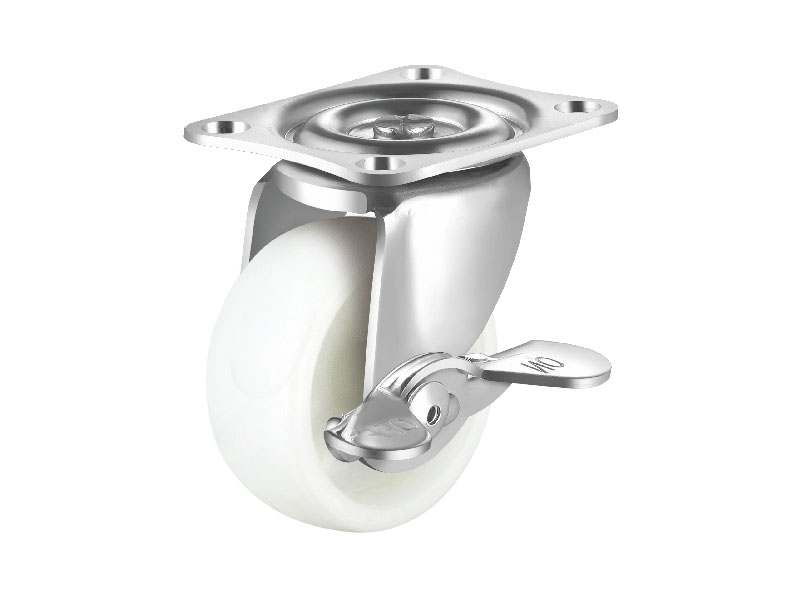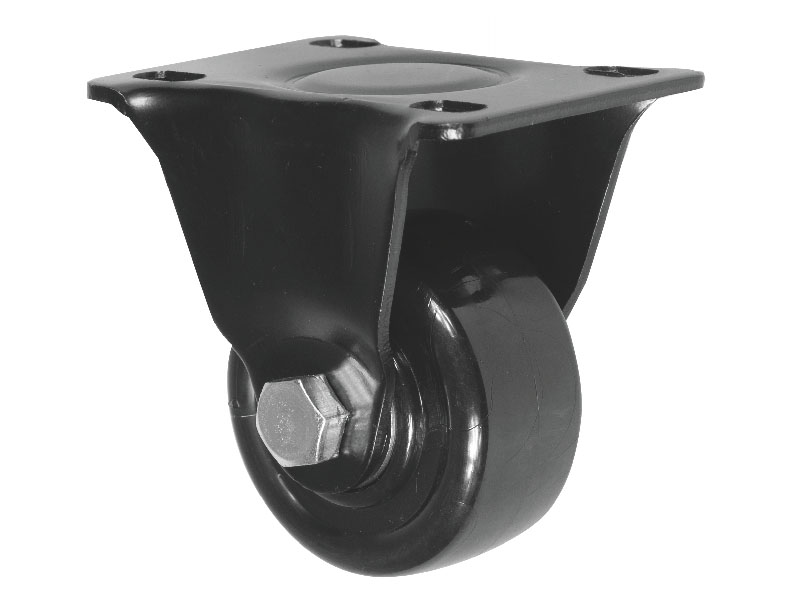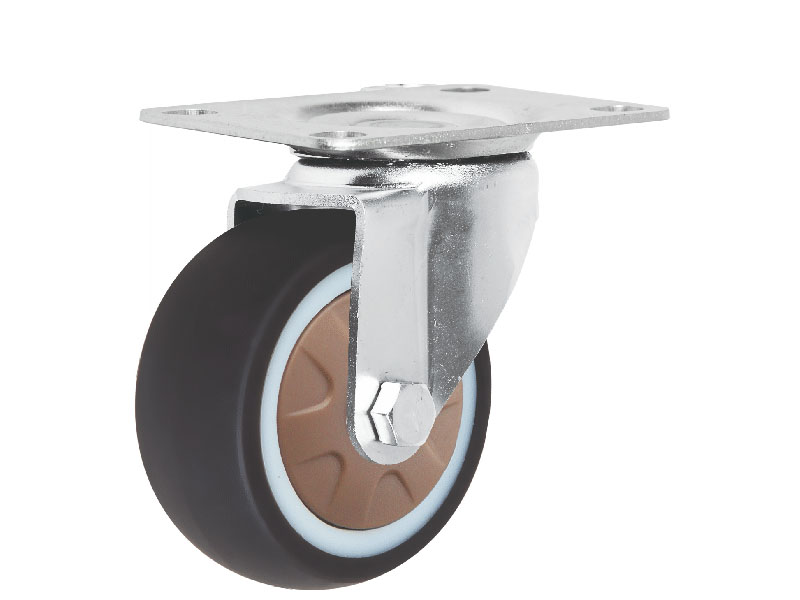Furniture moving wheels, commonly known as furniture caster wheels, serve as indispensable tools in the realm of furniture transportation. Defined as mechanical devices mounted to the underside of furniture to enable easy movement, these components elevate the efficiency and safety of relocating heavy or cumbersome items. Understanding their significance and nuances is pivotal for anyone involved in furniture logistics or home improvement businesses.
What Are Caster Wheels?
Caster wheels, the quintessential choice for maneuverability, come in two primary forms: swivel and rigid. Swivel caster wheels boast a full 360-degree rotation capability, facilitating seamless directional changes.
Conversely, rigid caster wheels, fixed in one direction, offer enhanced stability and are ideal for straight-line movements. The selection between these variants hinges upon the specific requirements of the furniture and the intended transport route.
Factors to Consider When Choosing Furniture Moving Wheels
Weight Capacity
The weight capacity of furniture moving wheels is a paramount consideration, as exceeding their specified limit can compromise both functionality and safety. Assessing the combined weight of the furniture and any accompanying cargo is essential for selecting wheels capable of bearing the load without succumbing to strain or deformation.
Floor Type Compatibility
The compatibility of furniture moving wheels with the underlying floor surface is a crucial determinant of performance and longevity. While some wheels are designed for smooth, indoor surfaces such as hardwood or tile, others feature specialized treads suitable for outdoor terrain or carpeted areas. Matching the wheel type to the prevailing floor conditions minimizes friction, prevents damage, and ensures optimal mobility.
Maneuverability
Optimal maneuverability is a key criterion in the selection of furniture moving wheels, particularly in scenarios involving tight spaces or intricate pathways. Swivel caster wheels, renowned for their omnidirectional movement, offer unparalleled agility, enabling seamless navigation around obstacles and tight corners. Conversely, rigid caster wheels prioritize stability over maneuverability, providing steadfast support during linear movements.
Durability
Durability stands as a cornerstone attribute of furniture moving wheels, dictating their resilience to prolonged use and environmental factors. Wheels constructed from high-quality materials such as polyurethane or rubber exhibit enhanced durability, withstanding the rigors of heavy-duty applications and rough terrain. Prioritizing durability ensures longevity and reliability, minimizing the need for frequent replacements and maintenance interventions.
Swivel Caster With Metal Side Brake
Tips for Efficiently Using Furniture Moving Wheels
Distribute Weight Evenly
Even weight distribution is essential for optimizing the performance and longevity of furniture moving wheels. Concentrated loads exert excessive pressure on individual wheels, increasing the risk of structural damage or premature wear. Distributing the weight evenly across all wheels ensures balanced support and smooth movement, mitigating the likelihood of overburdening specific components.
Secure Furniture Properly
Securing furniture properly to the moving wheels is imperative to prevent shifting or dislodging during transit. Utilizing straps, ropes, or specialized fastening mechanisms safeguards against unintended movement or instability, minimizing the risk of accidents or damage to the furniture and surrounding environment. Prioritizing secure attachment enhances safety and facilitates hassle-free transportation.
Use Protective Padding
Incorporating protective padding between the furniture and the moving wheels safeguards against abrasion, scratches, and surface damage. Foam pads, rubber mats, or felt sheets act as a buffer, cushioning the contact points and reducing friction-induced wear. Employing protective padding preserves the aesthetic integrity of the furniture and ensures a smooth, scratch-free transition across various surfaces.
Plan the Moving Route Carefully
Strategic planning of the moving route is instrumental in optimizing the efficiency and safety of furniture transportation. Identifying potential obstacles, clearance limitations, and elevation changes allows for proactive navigation adjustments, minimizing the risk of collisions or obstructions. Mapping out the optimal route in advance streamlines the moving process, mitigating delays and facilitating timely completion.
Final Word
In essence, furniture moving wheels serve as indispensable parts in the realm of logistics and home improvement, empowering individuals to navigate the challenges of relocating heavy or unwieldy items with ease and efficiency. By understanding the diverse types, essential considerations, and best practices associated with these components, you can harness their full potential to streamline operations and enhance overall productivity.






